Achieving maximum results from the leg press requires more than just pushing weight away from your body. Small adjustments in leg press foot placement, leg press stance, and overall leg press positioning can dramatically shift which muscles are engaged, how deep you can lower the platform, and how safe your movement feels. This guide breaks down the most effective ways to position your feet, explores different leg press positions, and highlights common pitfalls so you can fine-tune your form for strength, hypertrophy, or rehabilitation goals.
1. Understanding Foot Placement on the Leg Press
Your baseline leg press foot placement is the foundation for every variation. Before experimenting, ensure:
-
Full contact: Your feet should press evenly against the platform, with weight distributed through the heels and midfoot—not the toes.
-
Spine alignment: Keep your lower back pressed lightly into the seat pad to avoid hyperextension.
-
Controlled descent: Lower until your knees reach about 90°, or where your hip crease sits just below your knees—depending on mobility.
This “main” setup provides a reference point. From here, you can adjust to emphasize quads, glutes, or hamstrings.
2. Primary Leg Press Positions and Muscle Activation
Different leg press positions shift the workload across your lower body:
-
High Foot Placement
-
Stance: Feet positioned near the top of the platform.
-
Emphasis: Glutes and hamstrings engage more as your hips descend deeper.
-
Tip: Keep knees tracking over toes to prevent collapse inward.
-
-
Low Foot Placement
-
Stance: Feet closer to the bottom edge.
-
Emphasis: Greater quad activation due to deeper knee flexion.
-
Warning: Avoid extreme low placement if you have knee issues—maintain a controlled range.
-
-
Wide Stance
-
Stance: Feet placed wider than shoulder-width, toes slightly pointed out.
-
Emphasis: Inner thigh and adductor muscles assist more, with balanced quad/glute involvement.
-
Benefit: Can improve hip mobility over time.
-
-
Narrow Stance
-
Stance: Feet closer together, about hip-width.
-
Emphasis: Outer quads and vastus lateralis receive greater load.
-
Caution: Keep knees from caving inward; maintain a tight core.
-
3. Adjusting Your Leg Press Stance for Objectives
Your leg press stance should align with your goals:
| Goal | Recommended Stance | Rationale |
|---|---|---|
| Quad Hypertrophy | Slightly low + narrow | Maximizes knee flexion and quad isolation |
| Glute & Hamstring Focus | High + wider feet | Increases hip hinge and deepens stretch on posterior chain |
| Balanced Strength | Mid-platform + shoulder-width feet | Even distribution, versatile for strength progression |
| Rehab or Reduced Knee Stress | Higher placement + moderate width | Less peak knee torque, gentler on joint |
Experiment gradually, changing only one variable (height, width, or angle) at a time so you can feel the shift in muscle engagement.
4. Fine-Tuning Leg Press Leg Placement
Getting comfortable with leg press leg placement involves mindful tweaks:
-
Angled toes: Point toes outward ~10–20° to open the hips, especially beneficial in wide stances.
-
Heel emphasis: Drive through the heels on each rep to recruit glutes and hamstrings, reducing quad-dominant overload.
-
Toe-heel rhythm: On the push phase, maintain a flat foot; avoid rocking onto toes, which stresses the ankle.
Use mirrors or a training partner to monitor that your knees track over the second or third toe, preventing valgus (inward collapse) or varus (outward drift).
5. Common Errors in Leg Positions on the Leg Press
Even seasoned lifters can slip into habits that undermine performance or safety. Watch out for:
-
Excessive Depth: Dropping hips too low can round the lower back—stop at a comfortable hip-knee angle.
-
Platforms Too High: Placing feet above shoulder level without proper control can shift stress onto the lower back.
-
Uneven Placement: One foot higher or wider than the other leads to asymmetrical loading and potential imbalances.
-
Locking Knees: Fully extending and hyperlocking at the top strains joint structures; pause just shy of lockout.
Regularly record your form or ask for feedback to catch subtle deviations.
6. Integrating Variations into Your Program
To leverage leg press leg positions effectively:
-
Rotation Scheme: Cycle through high, mid, and low placements across sessions to develop a balanced physique.
-
Supersets: Follow a heavy low-placement set with light wide-stance pulses to flush muscle fibers.
-
Tempo Training: Slow descent (3–4 seconds) in a quad-dominant stance builds tension; explosive ascent in a glute-focused setup enhances power.
Track which placements elicit the strongest mind-muscle connection and adjust volume accordingly.
Conclusion
Mastering leg press placement, stance, and foot positioning transforms a simple machine into a versatile tool for muscle growth, strength gains, and joint health. By understanding how each variation shifts the load—whether to leg press positions that target quads, glutes, or adductors—you can tailor every session to your specific needs. Pay attention to form, avoid common errors, and rotate placements systematically to build a resilient, well-balanced lower body.


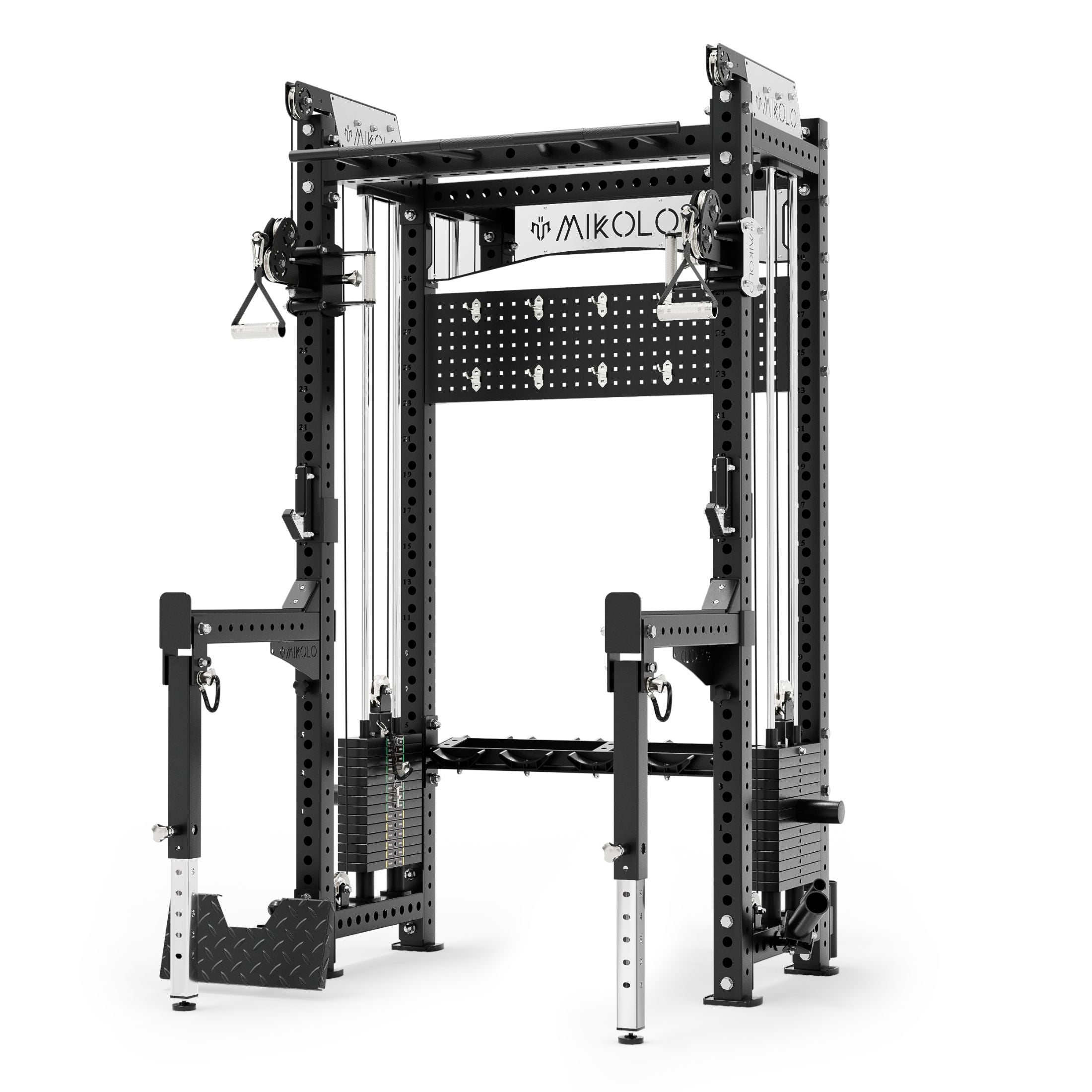
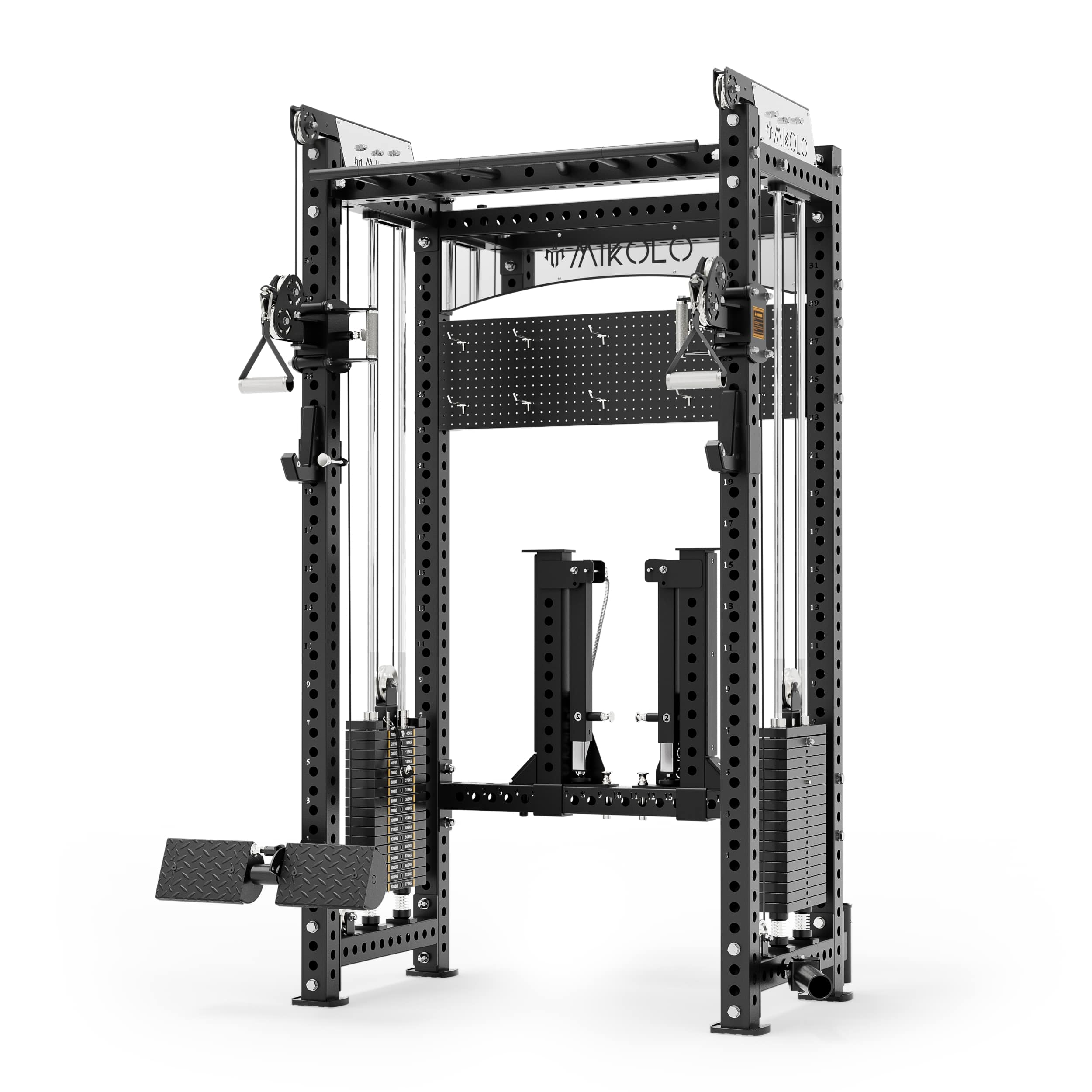
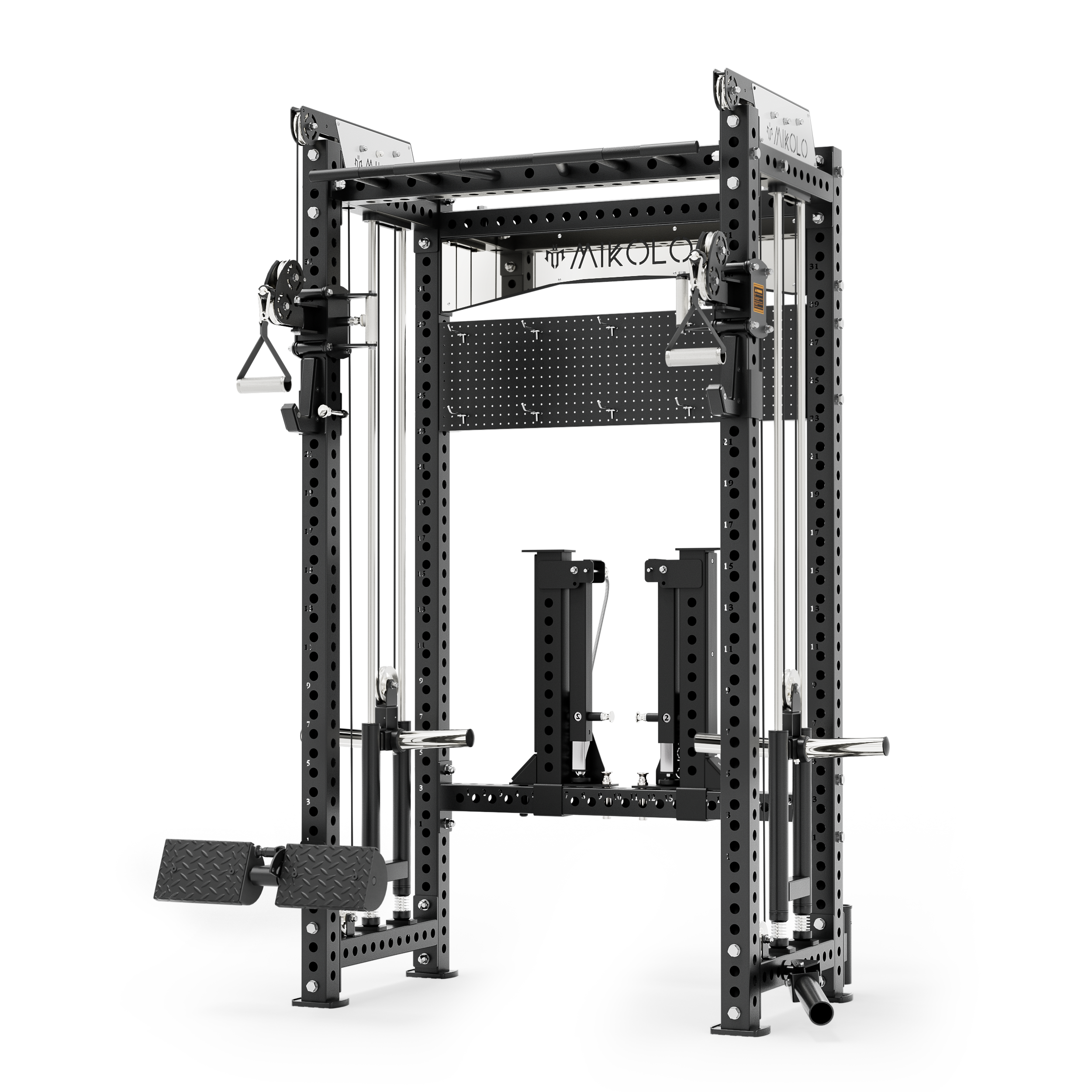


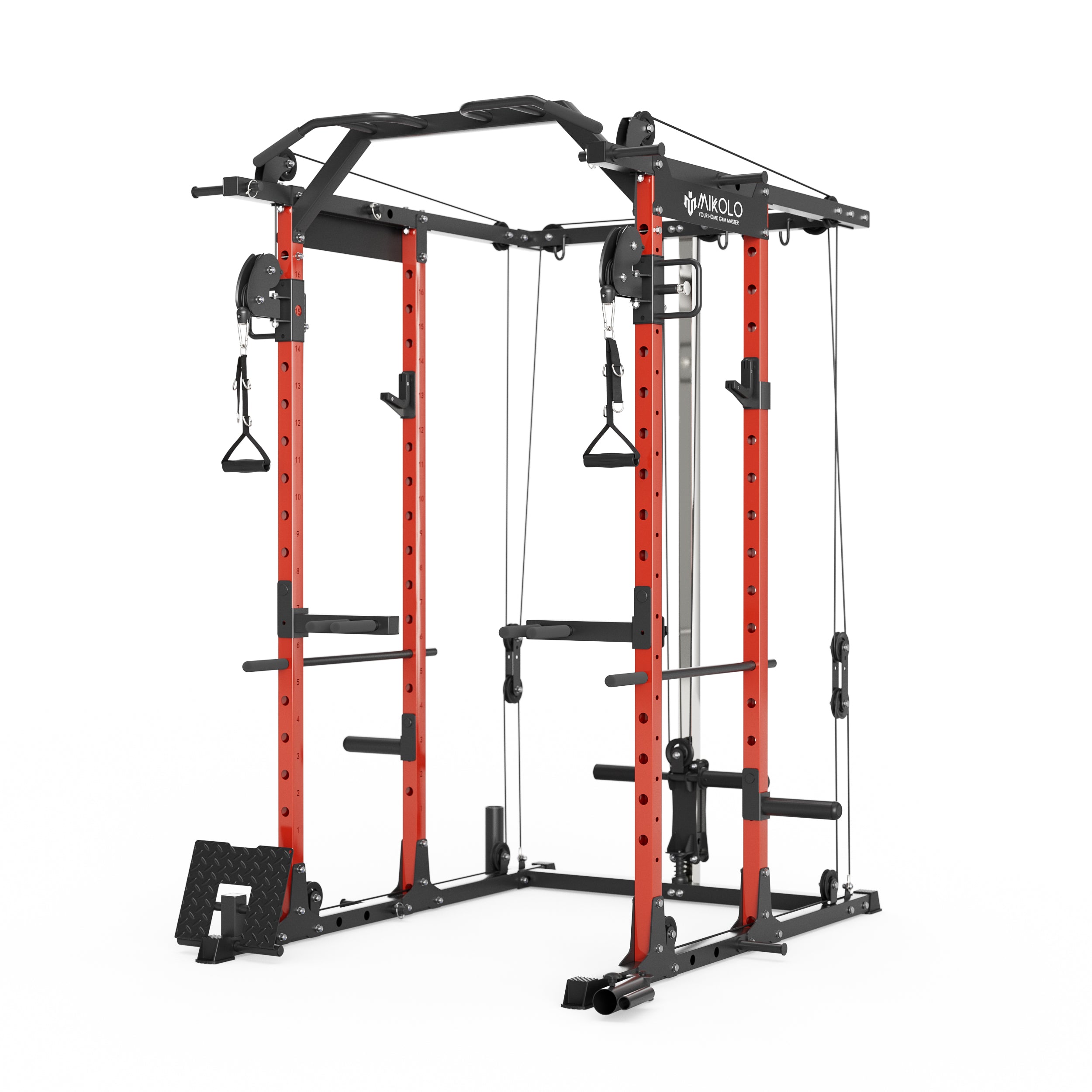
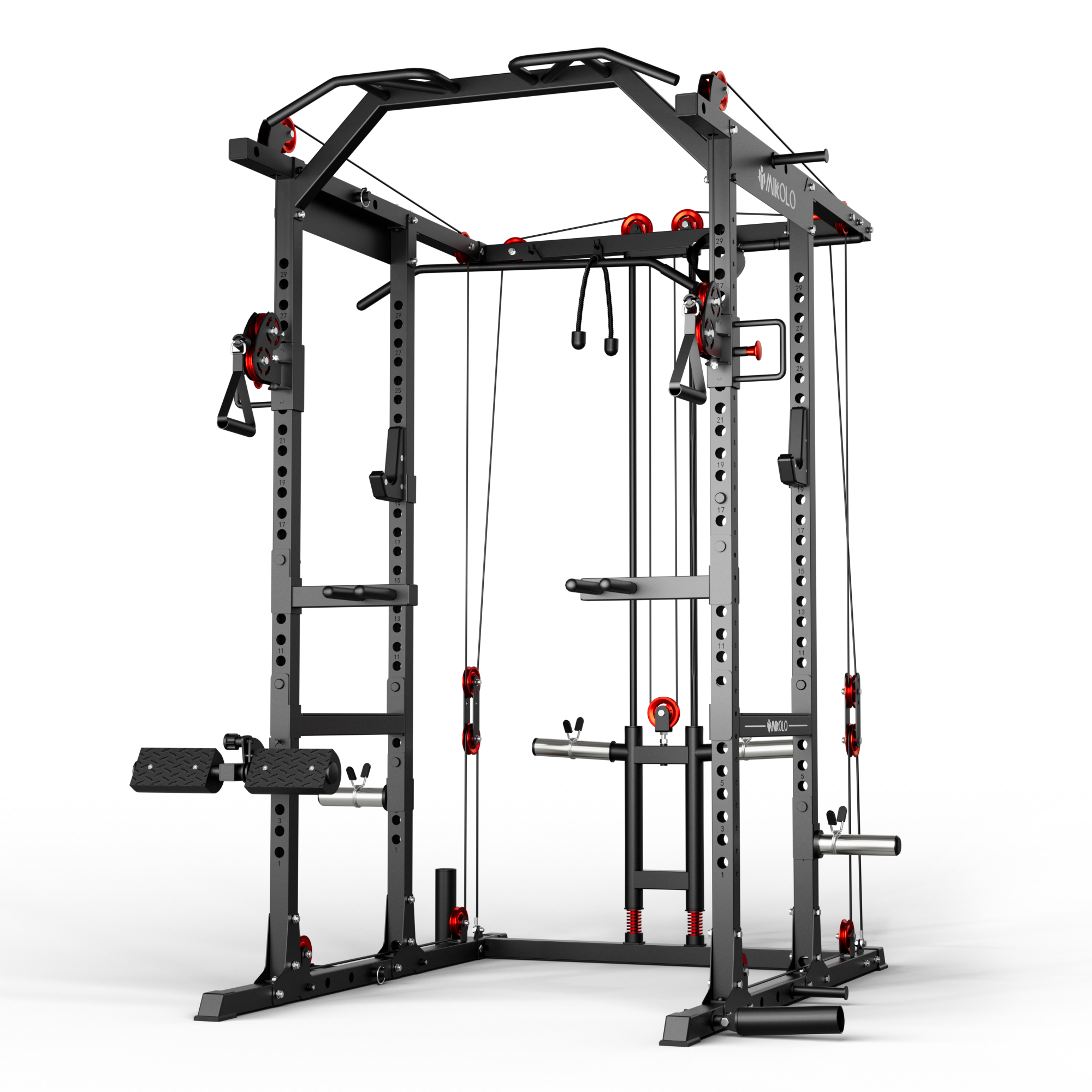

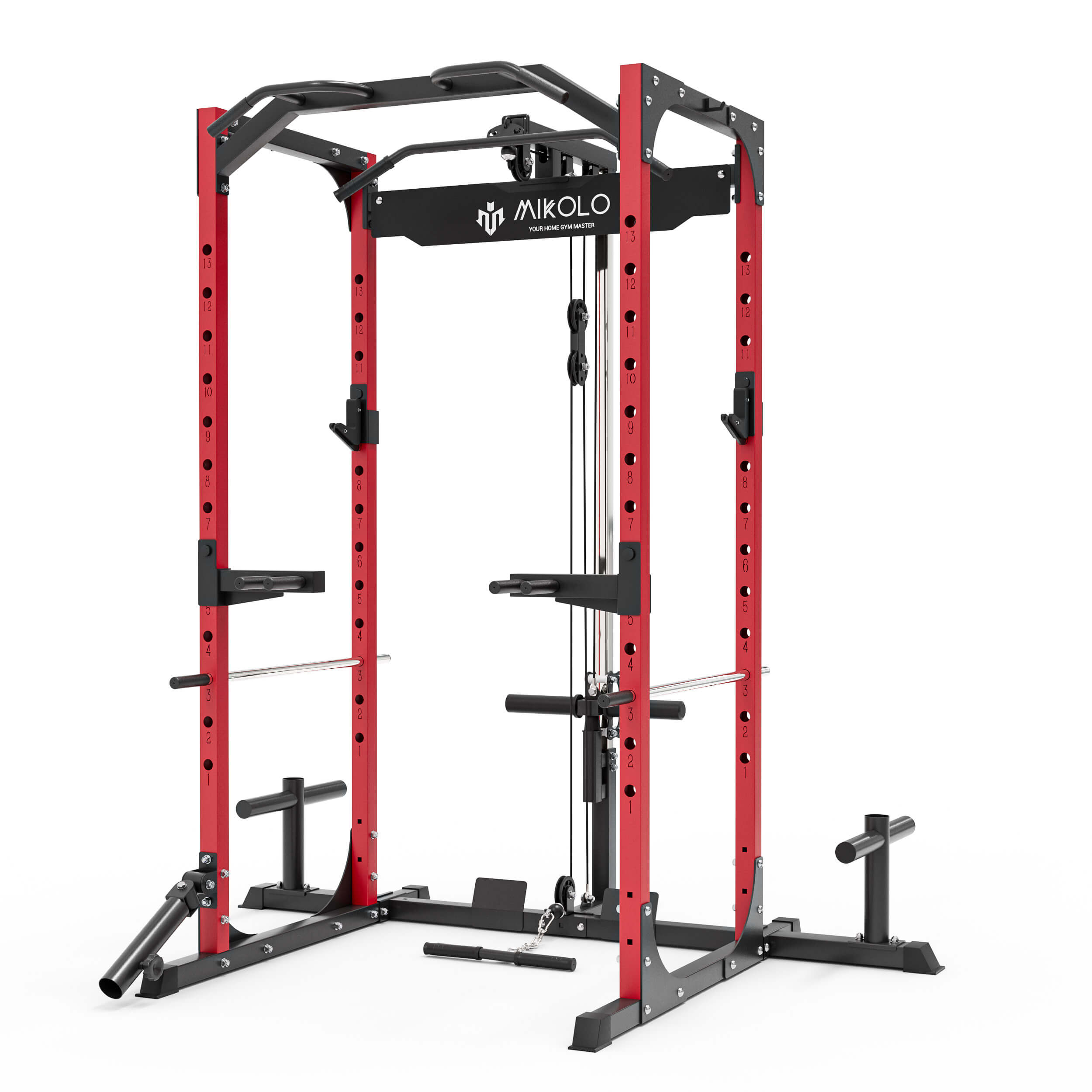

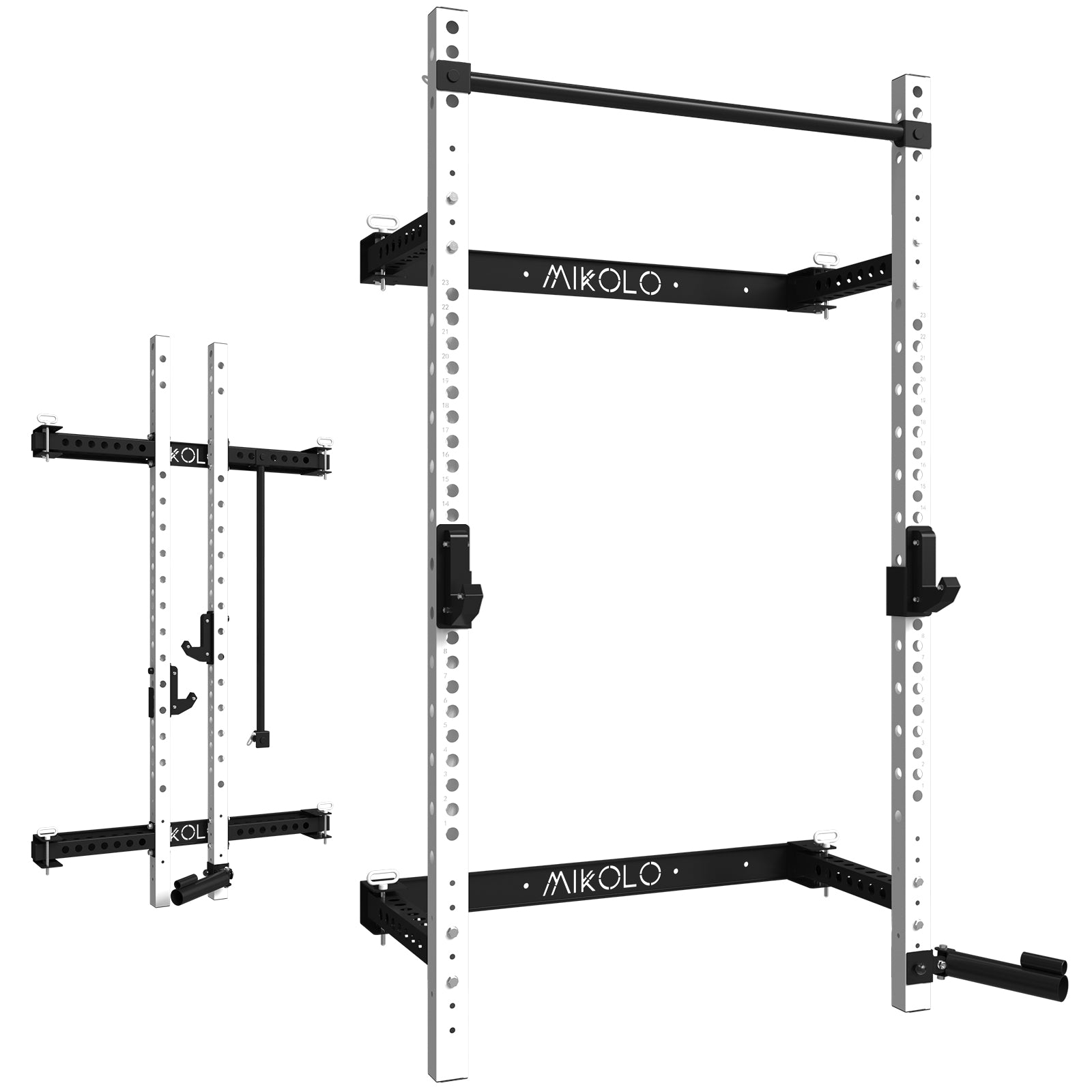

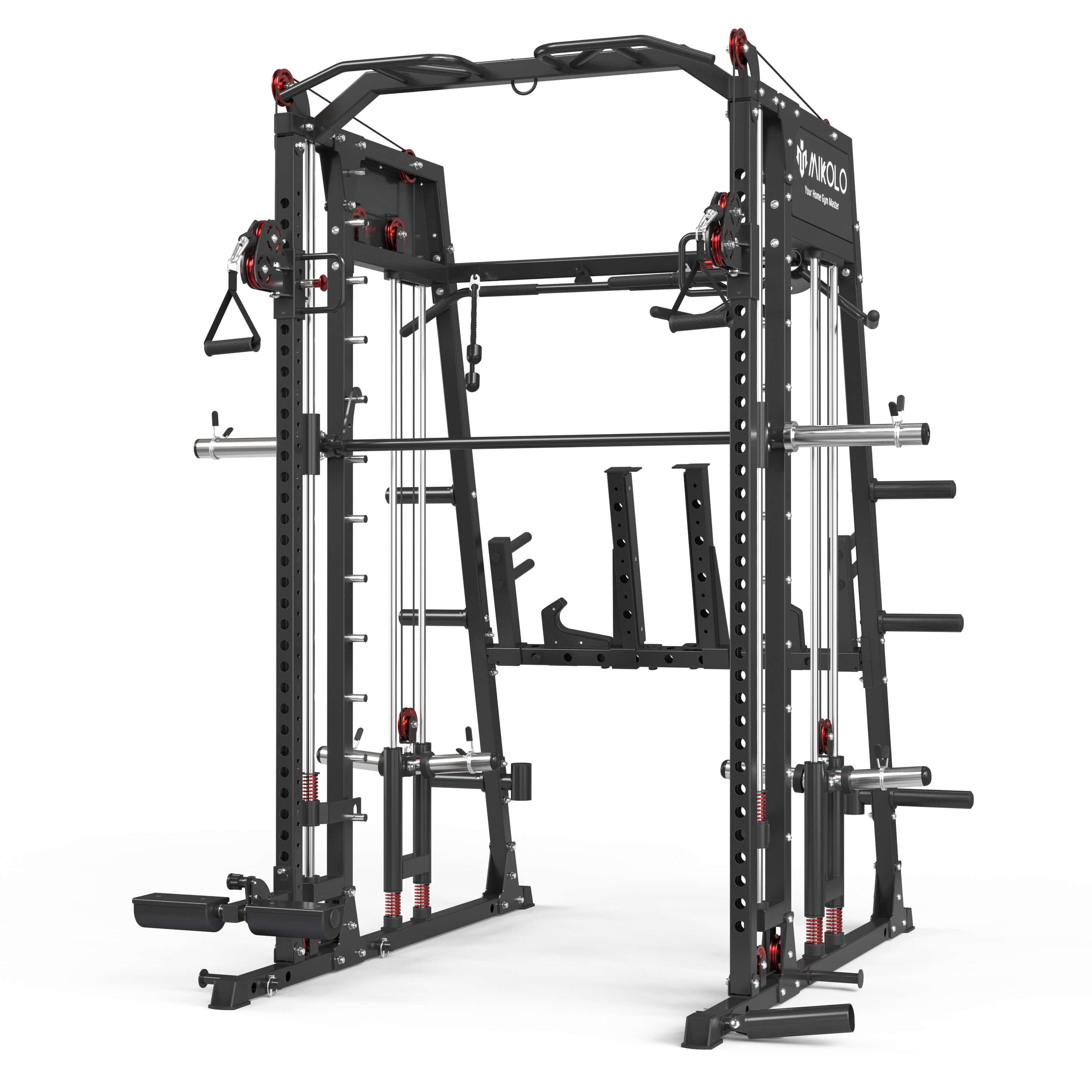
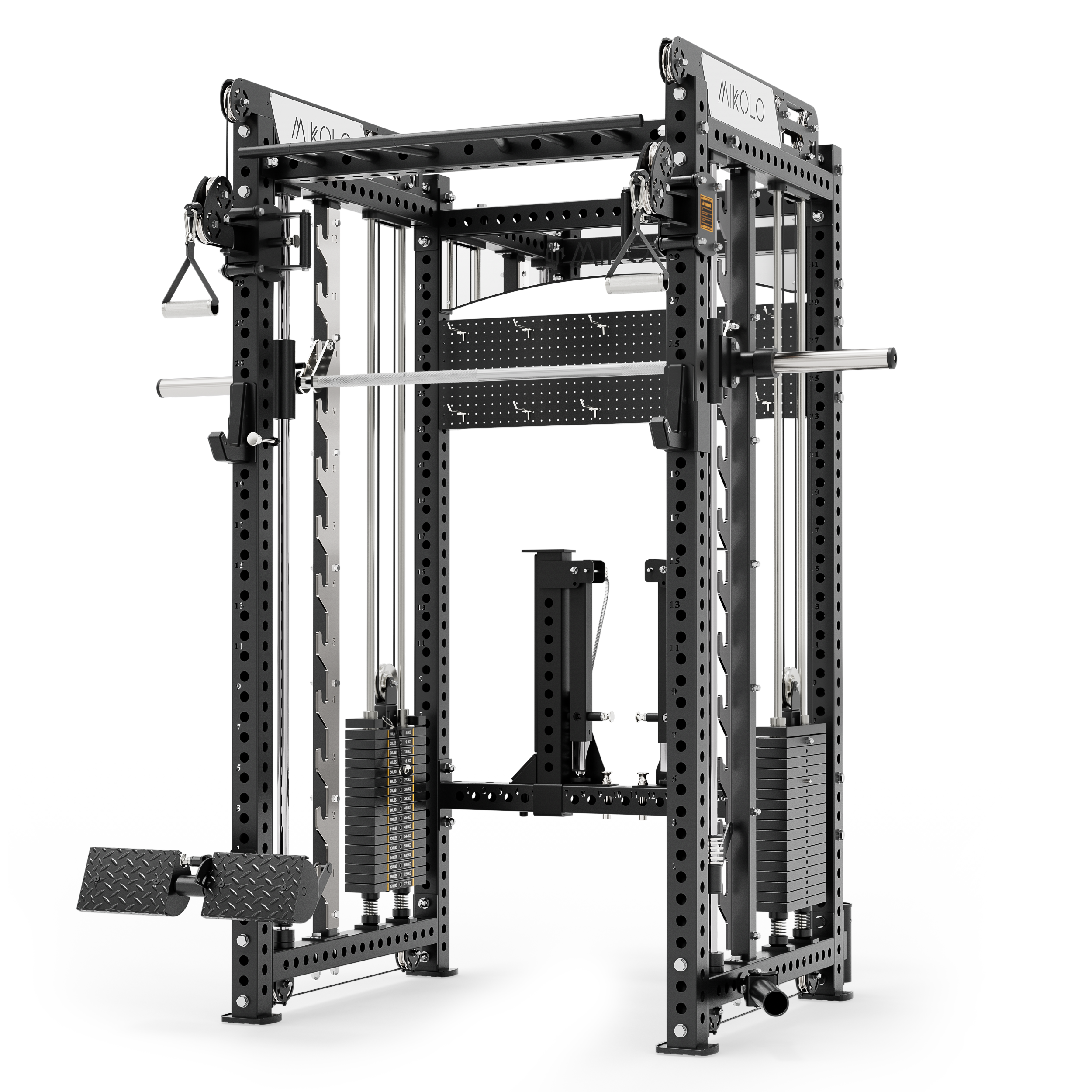
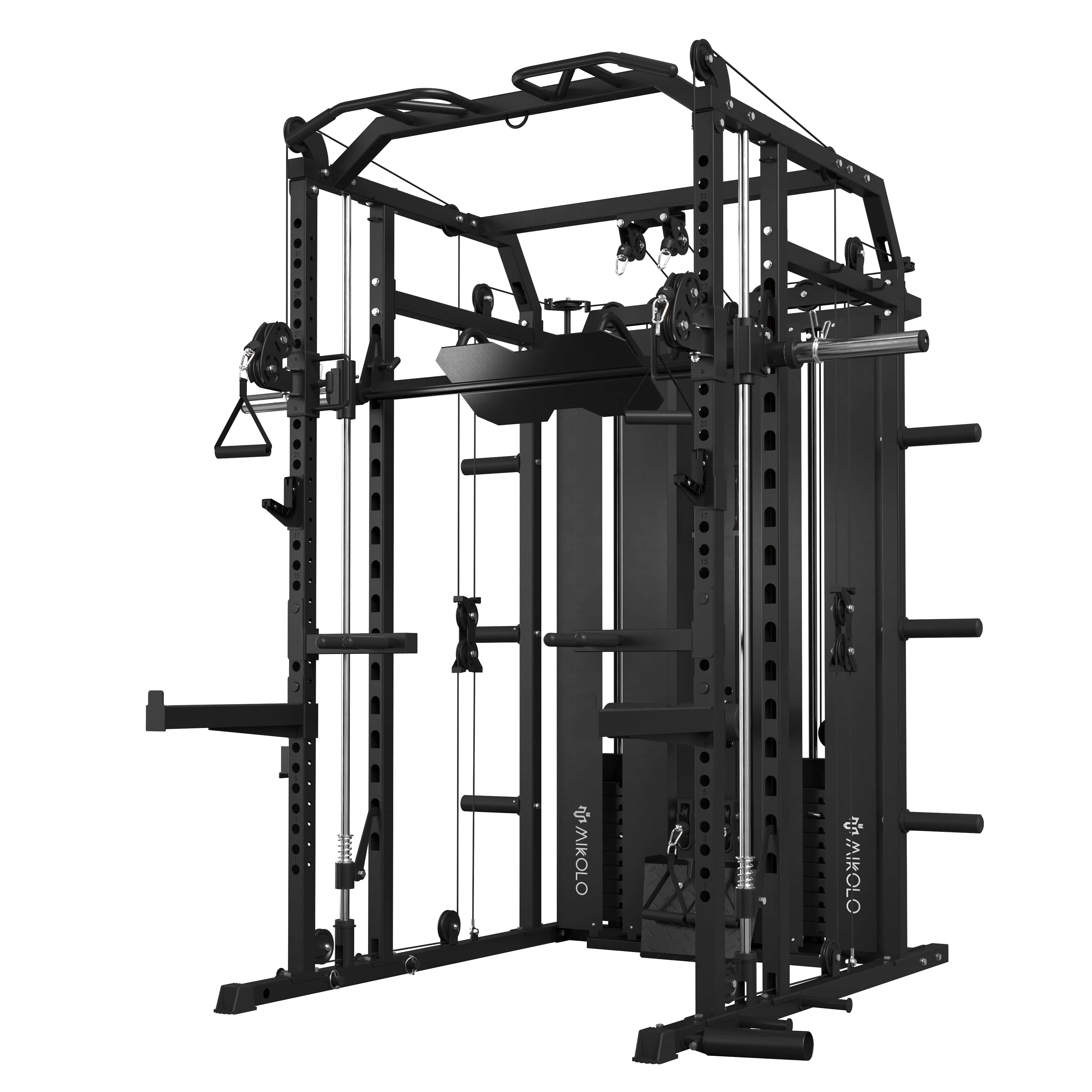
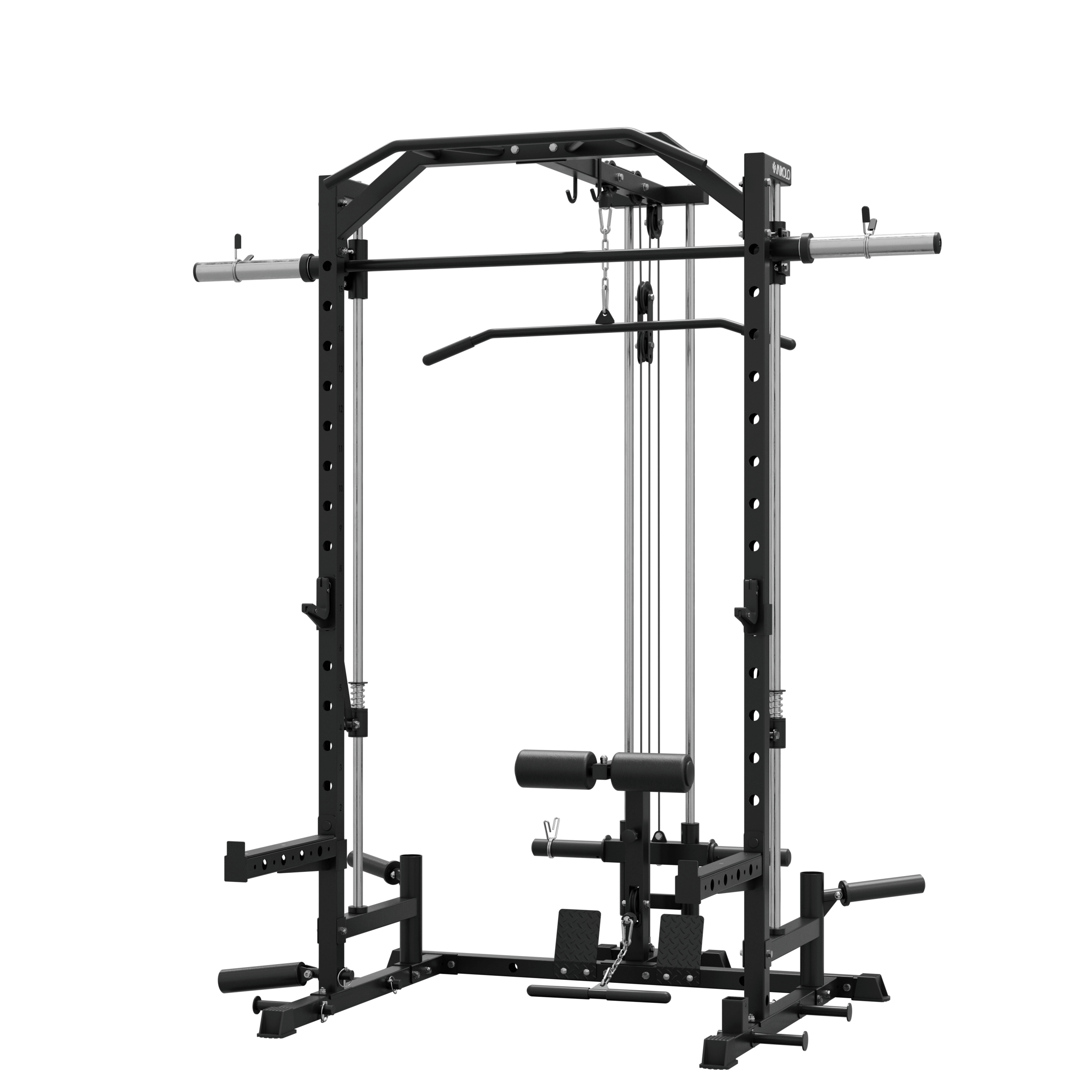
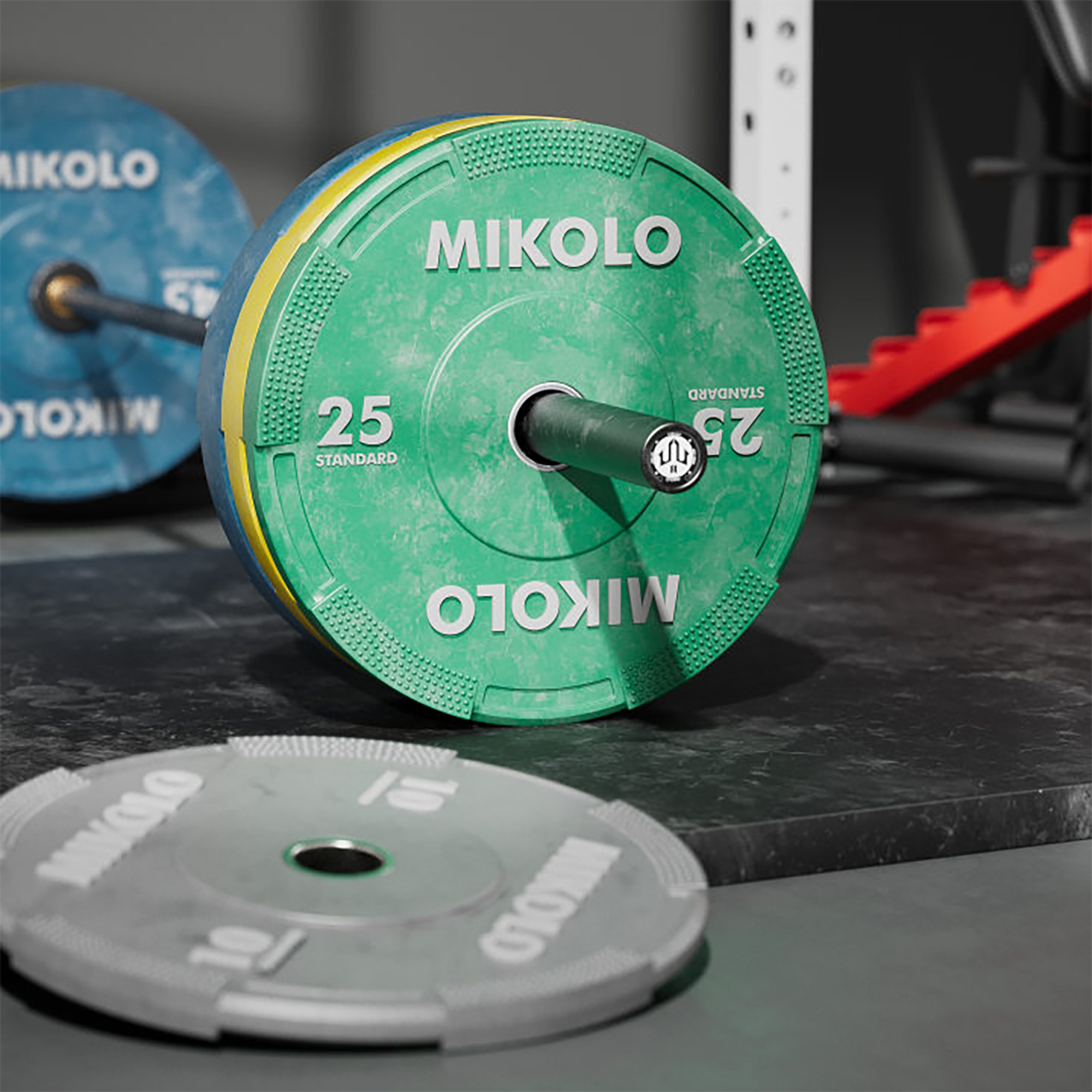






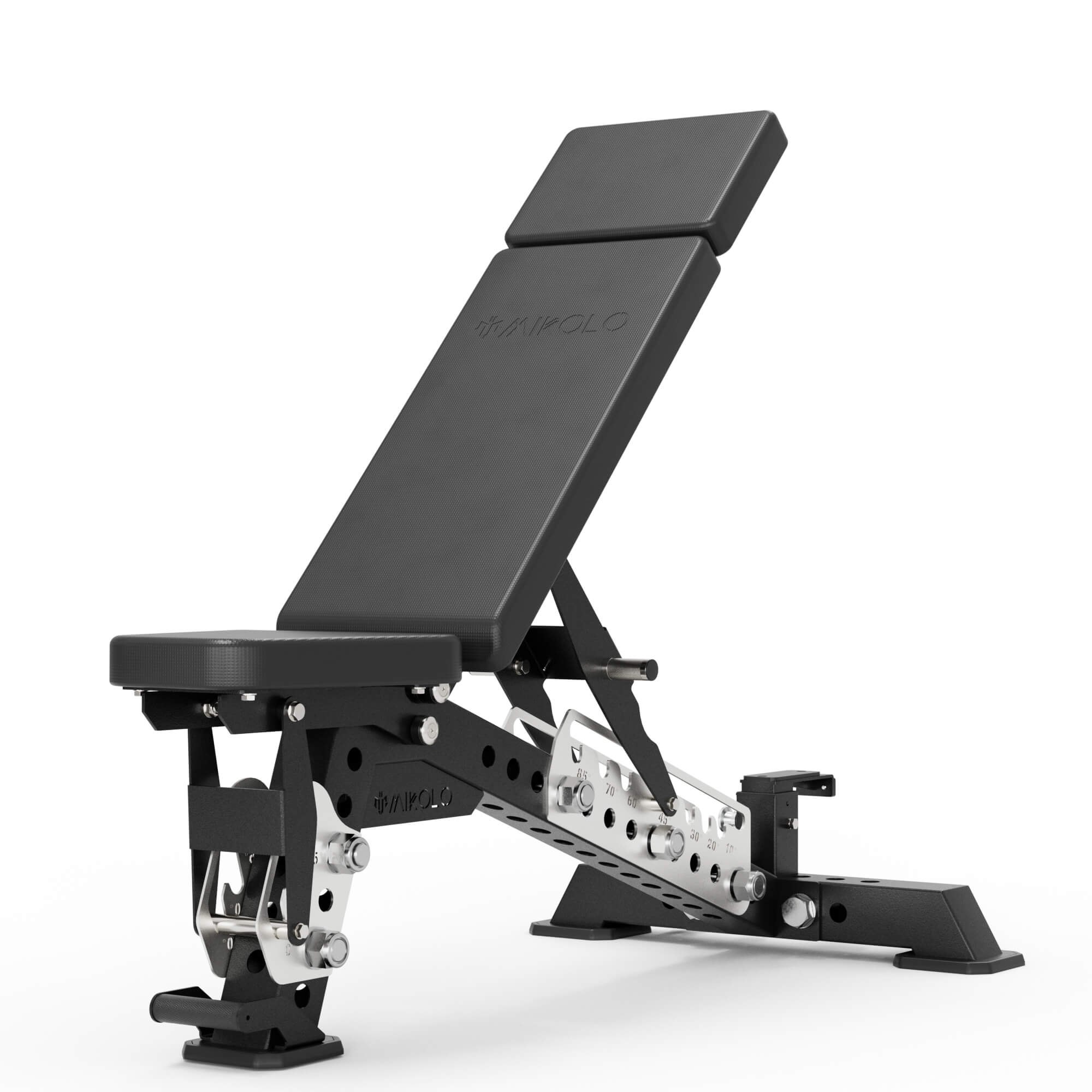
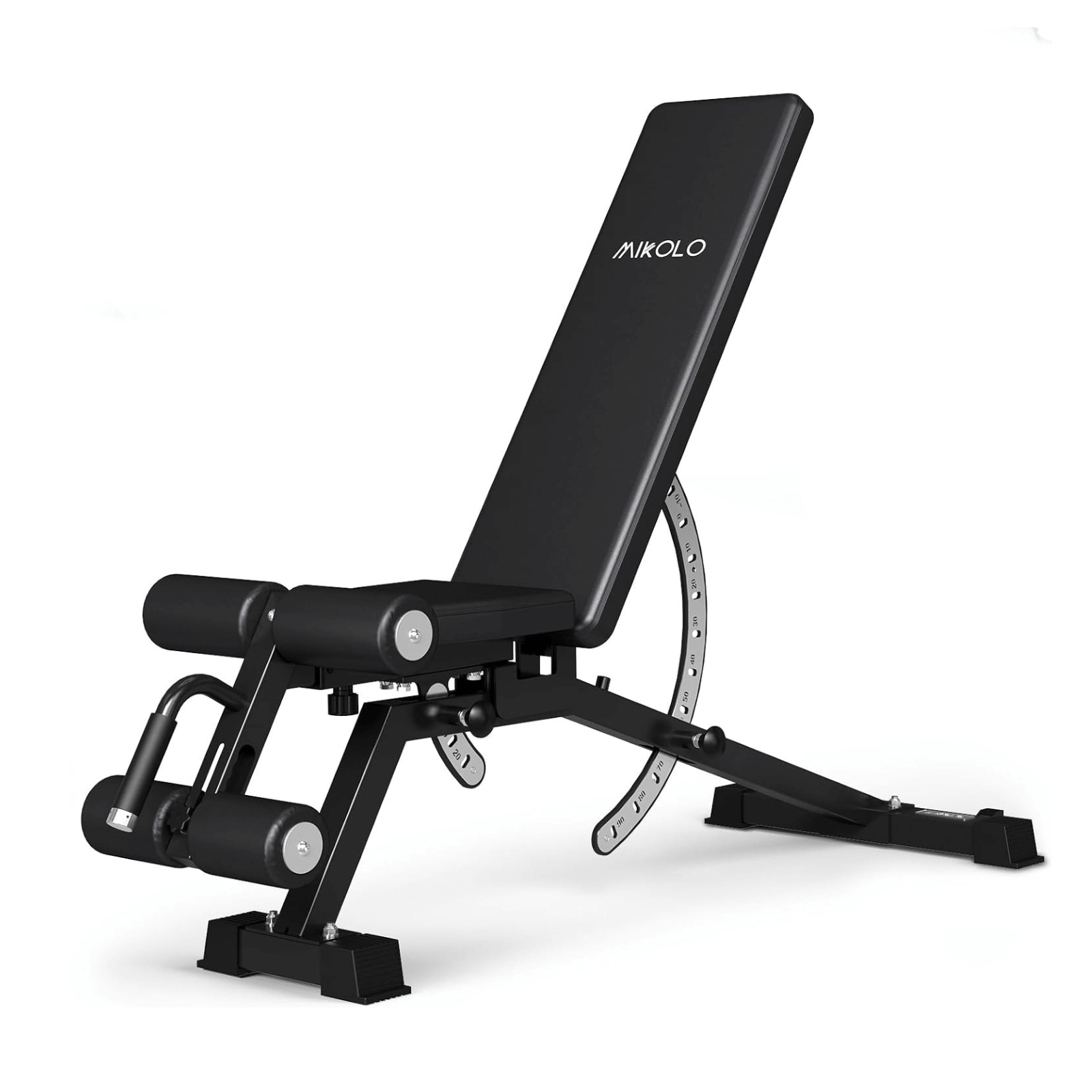




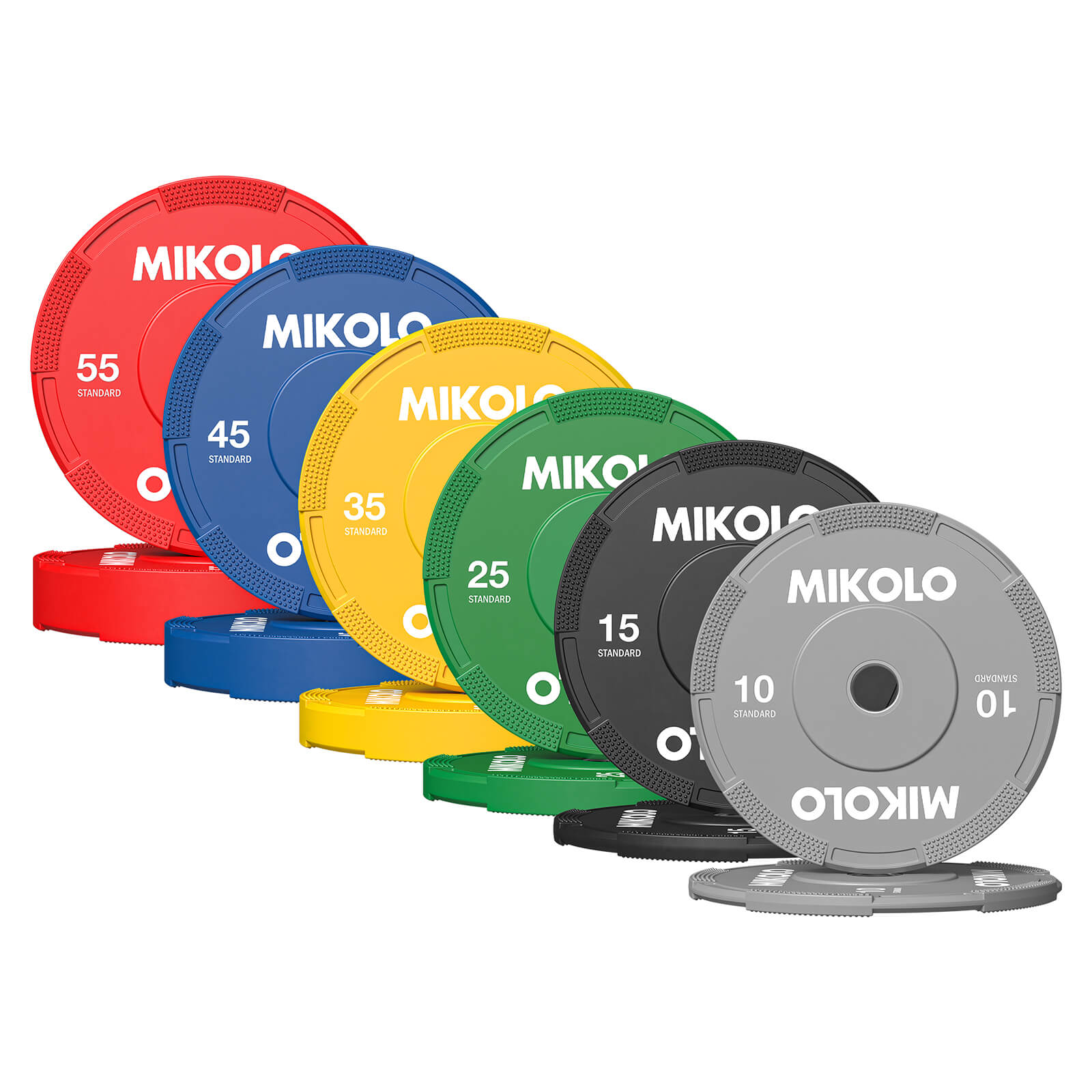
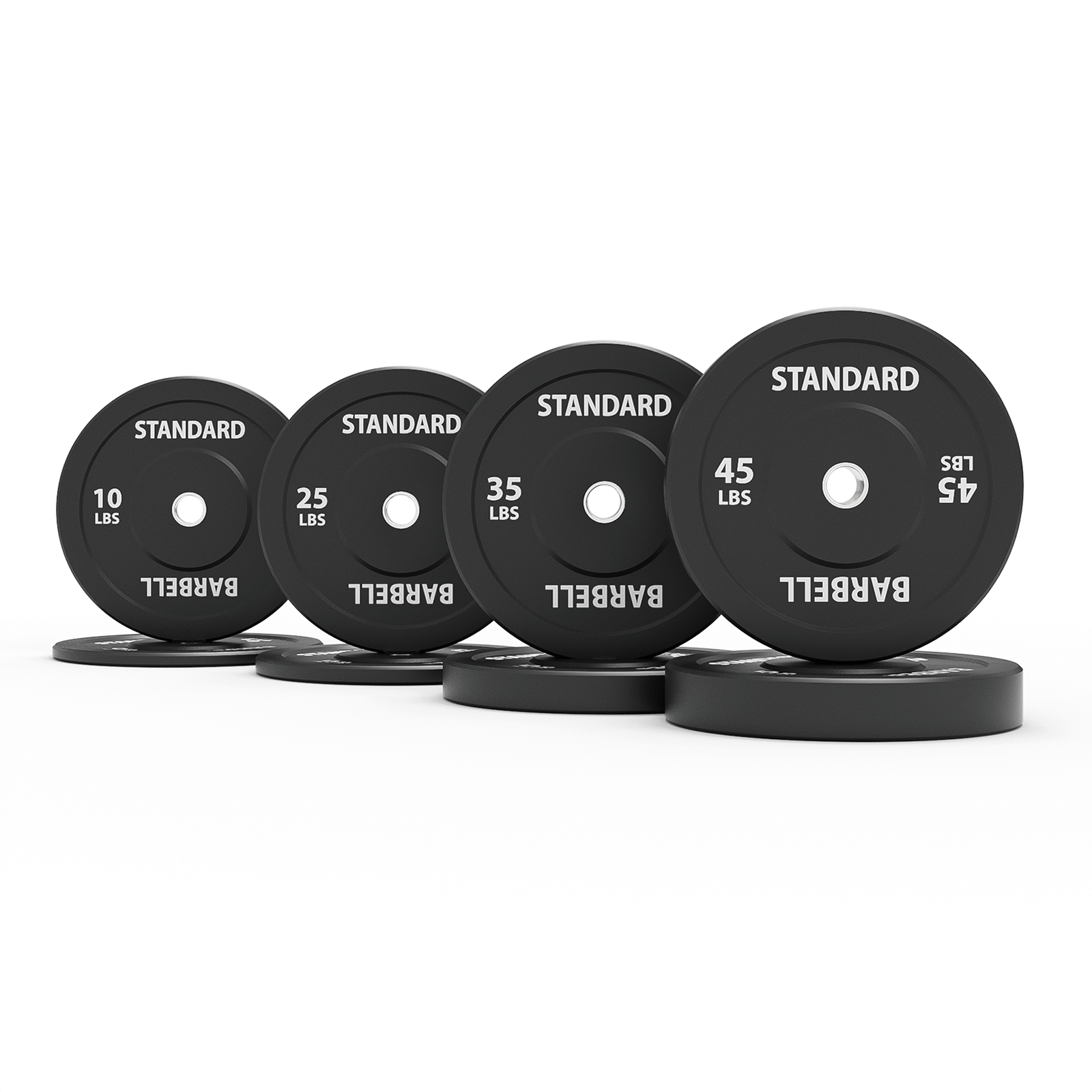
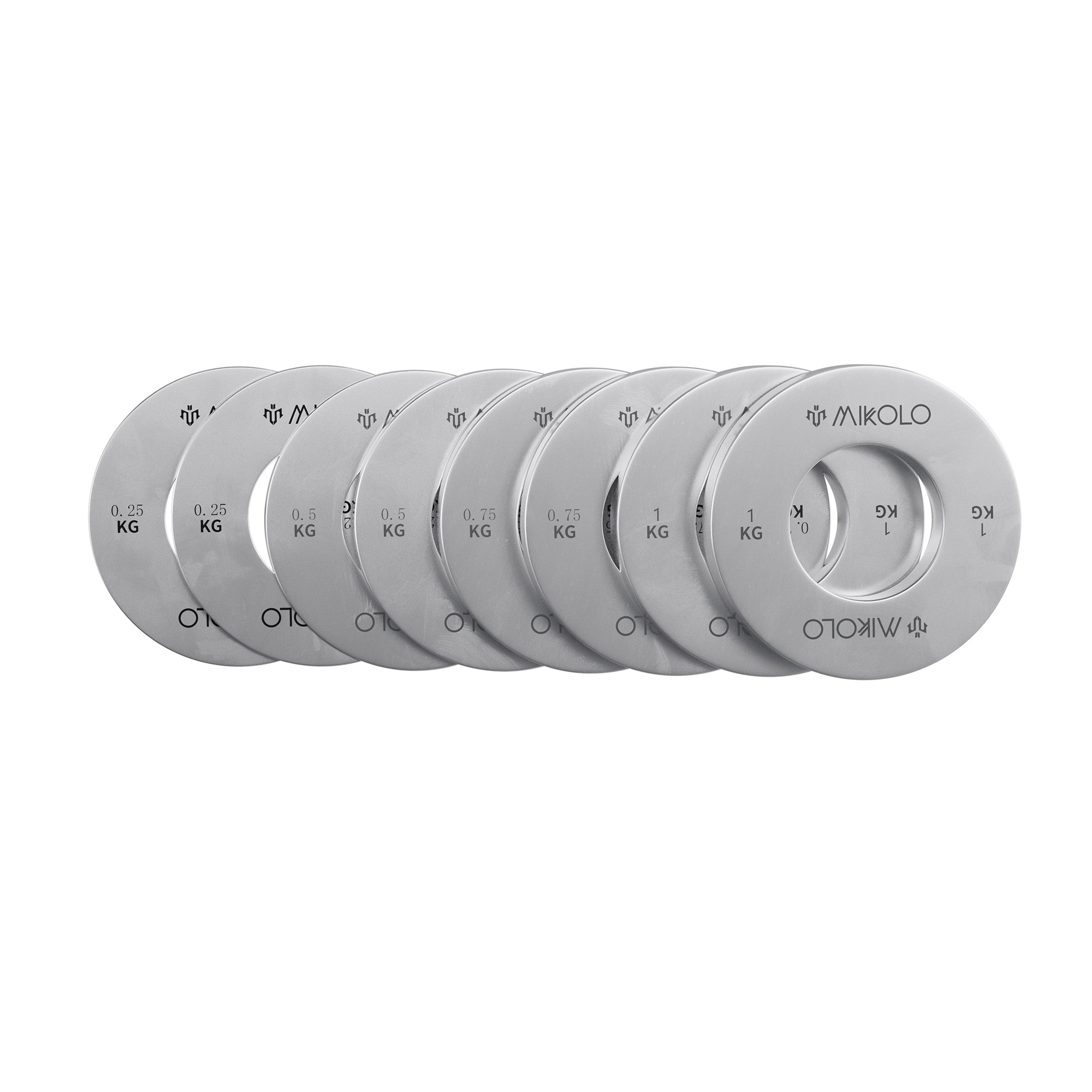
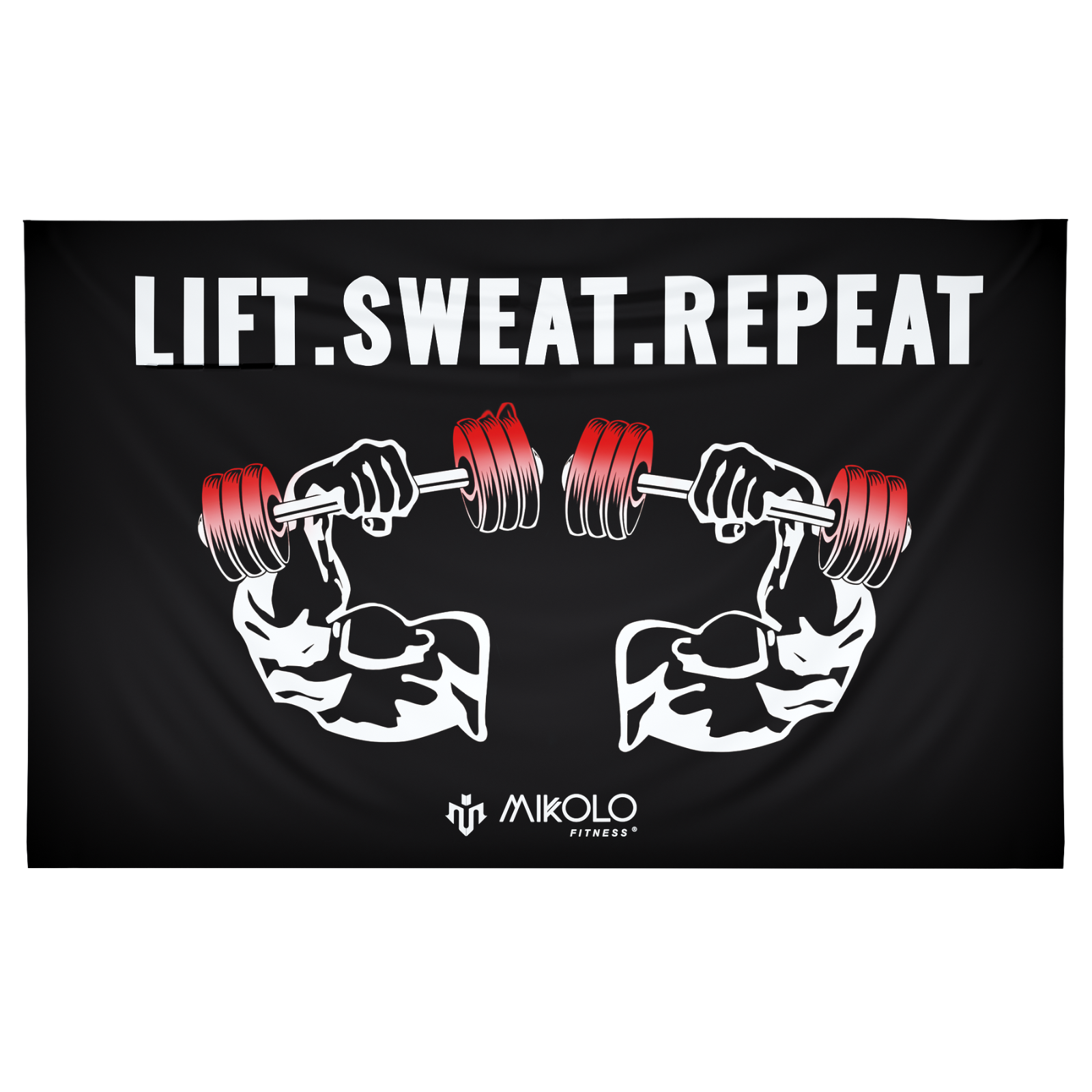
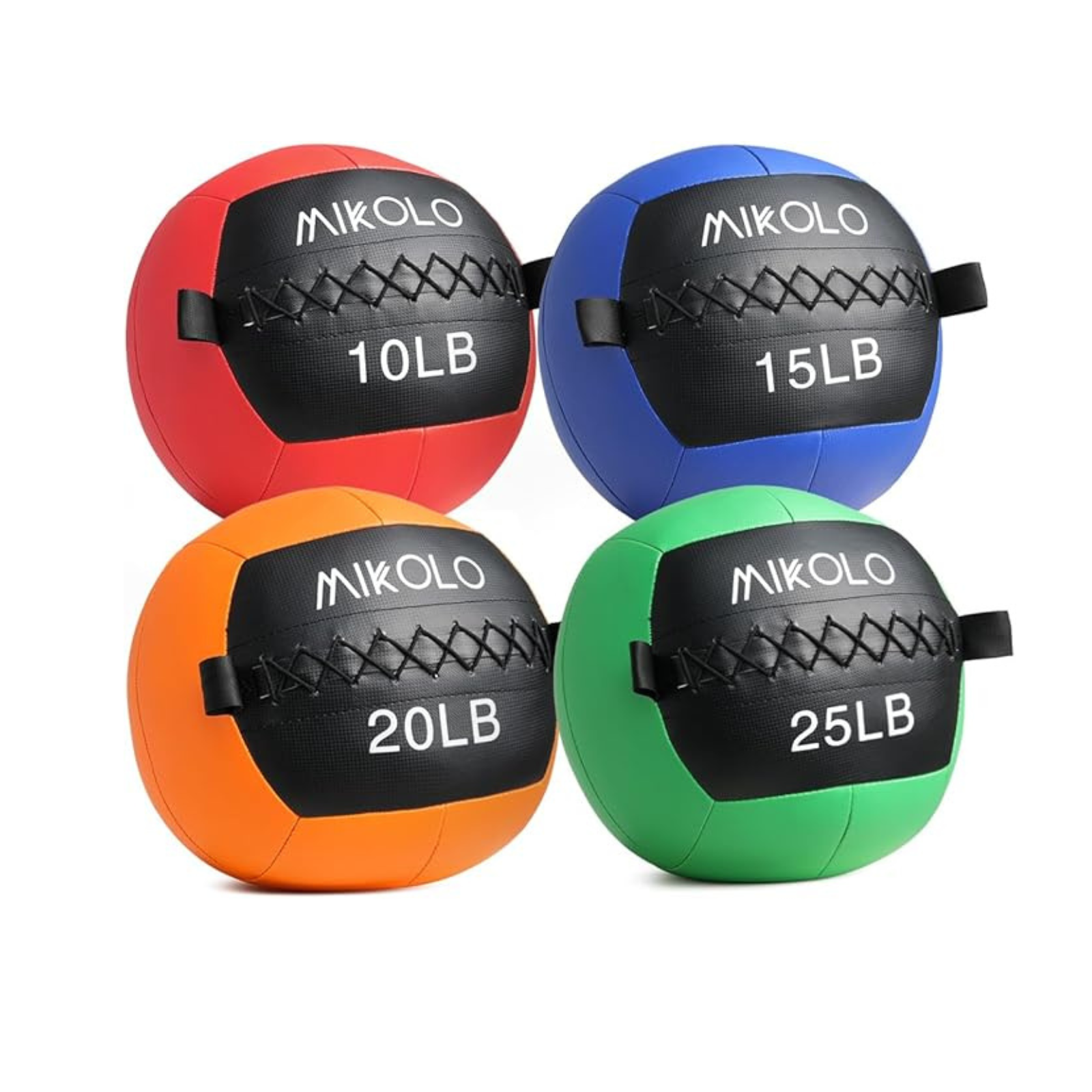
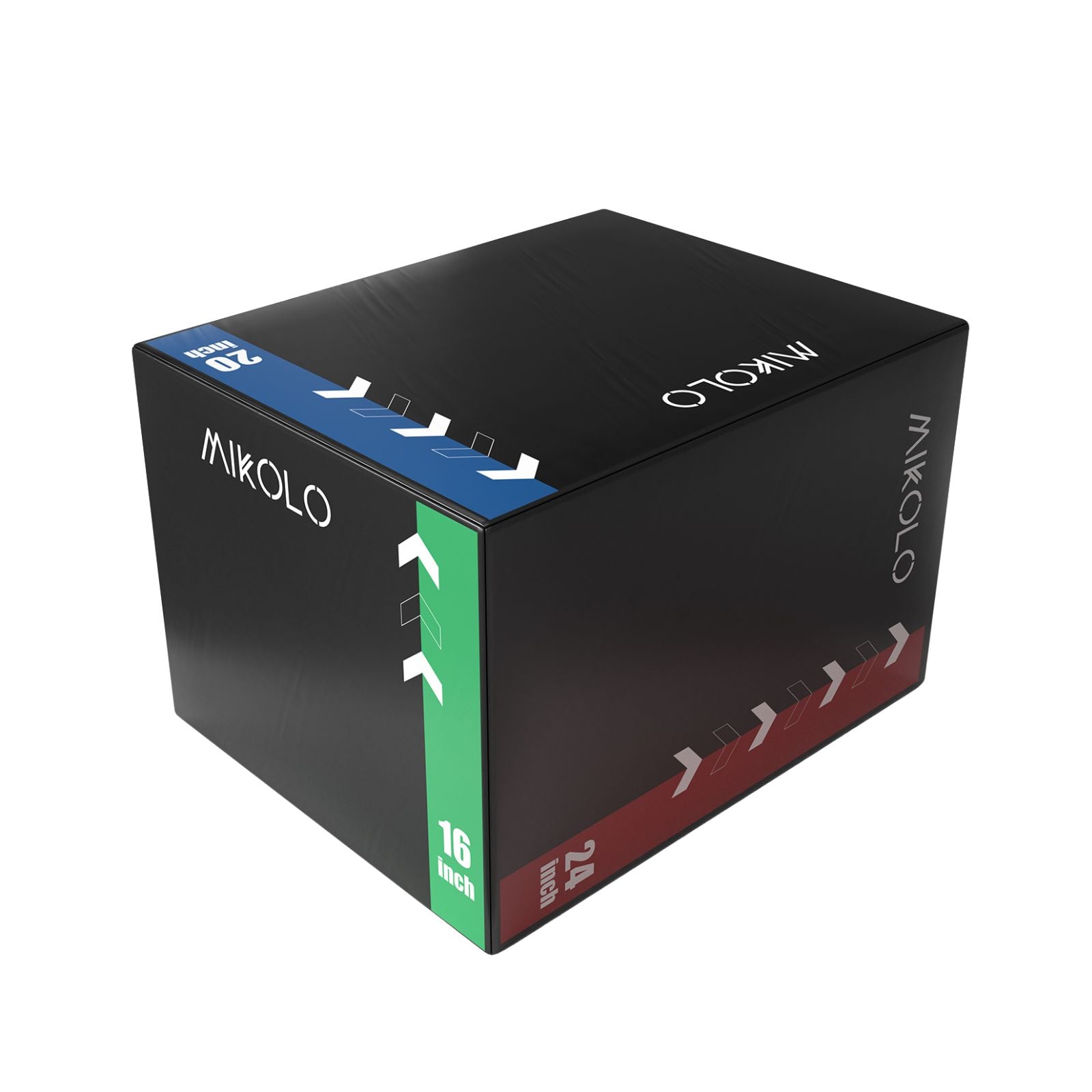

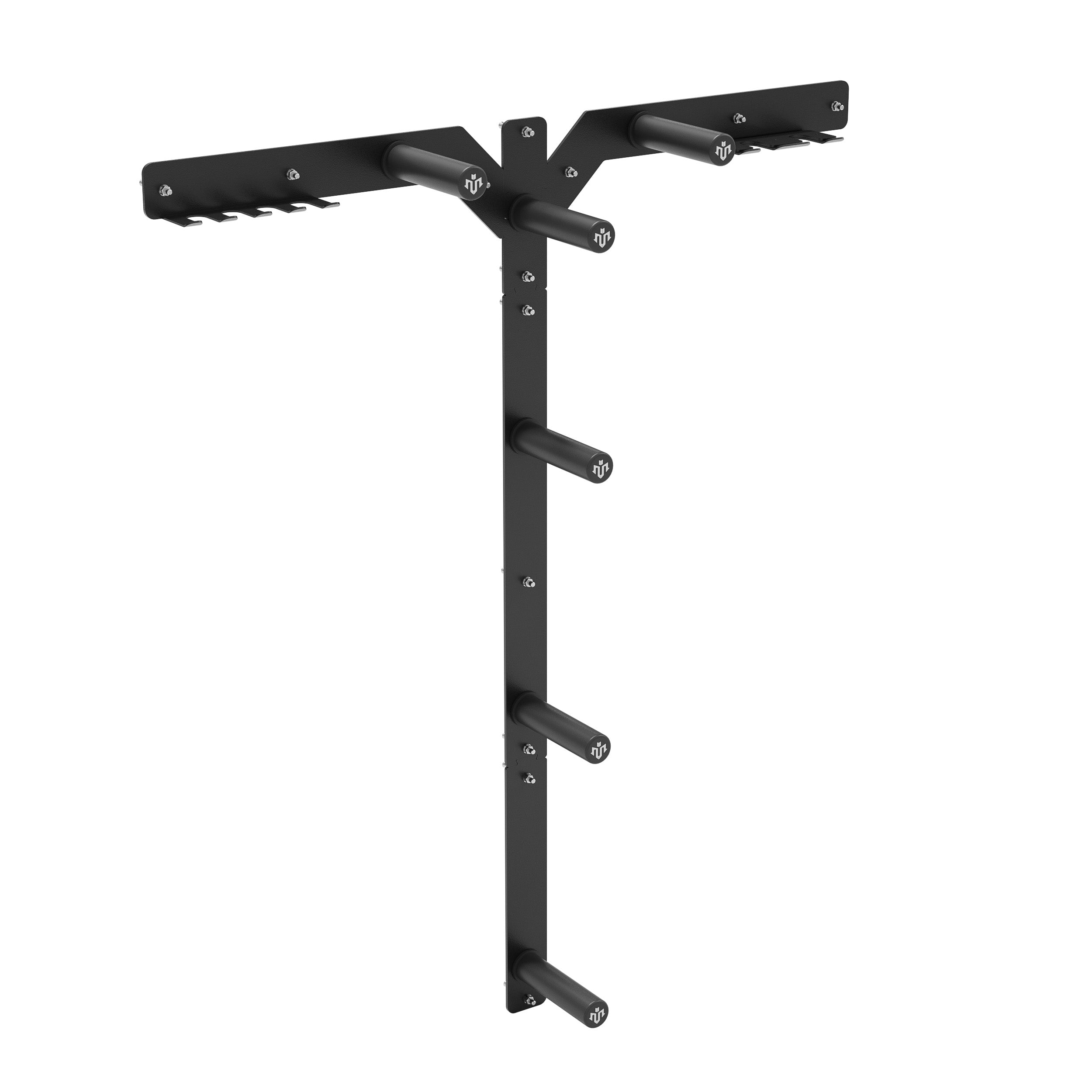




Leave a comment
This site is protected by hCaptcha and the hCaptcha Privacy Policy and Terms of Service apply.